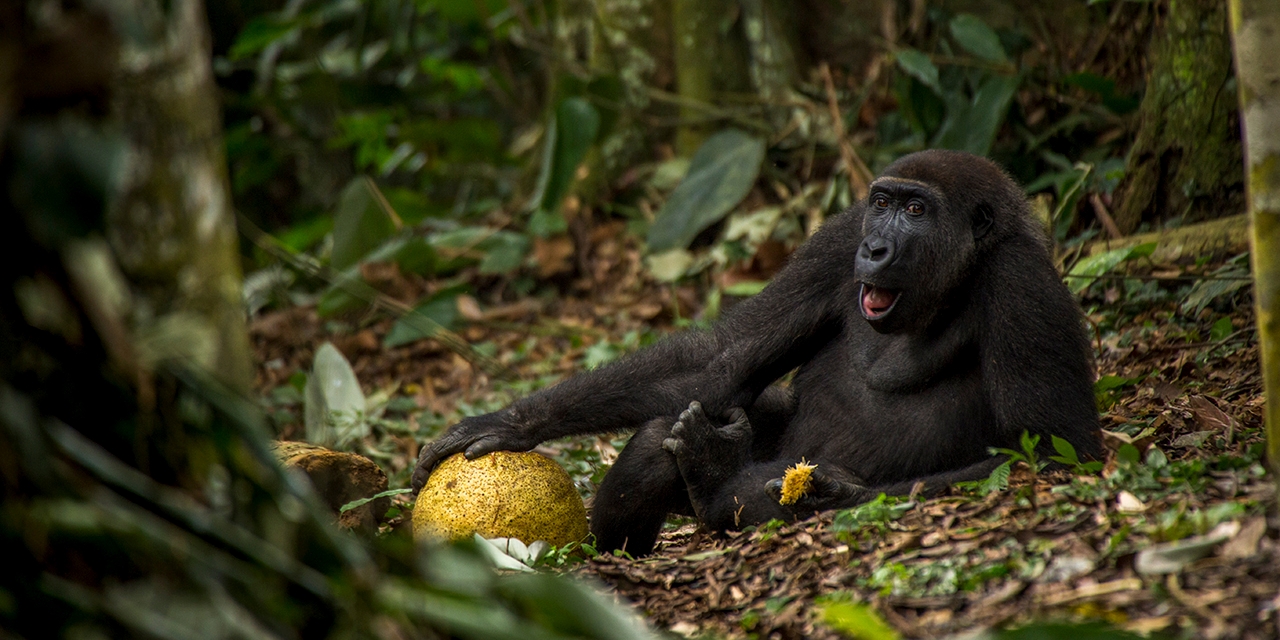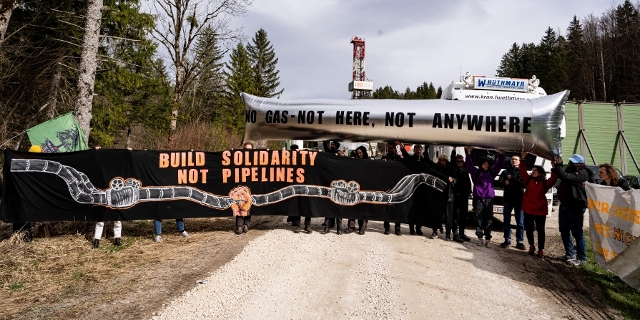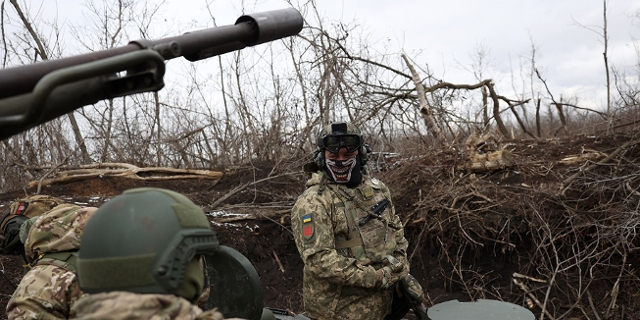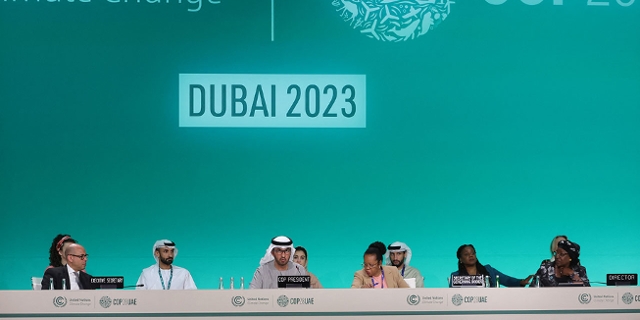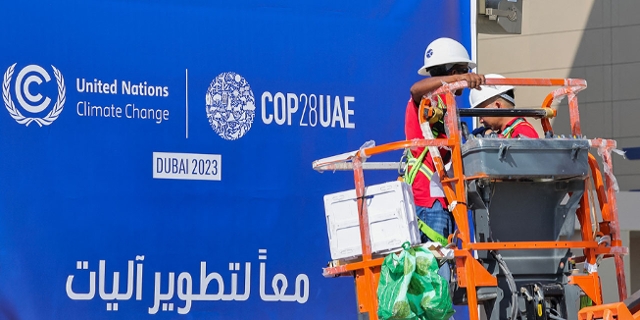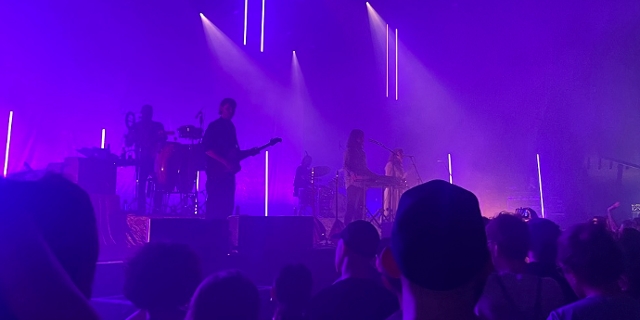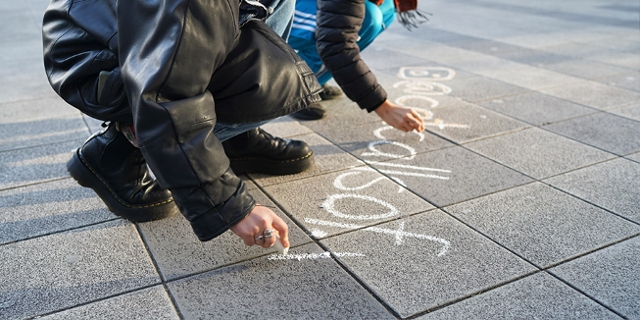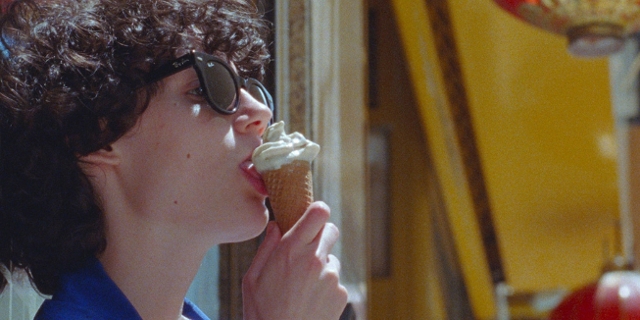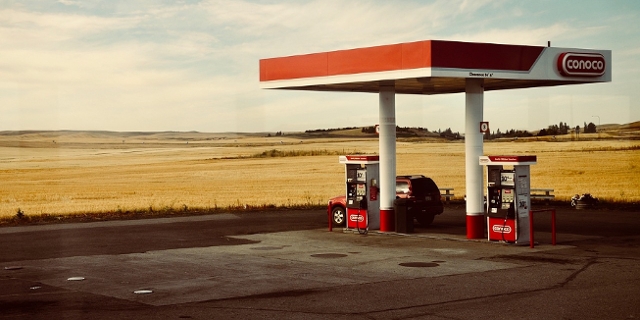Broadcasting Our Responsibility
Wildlife photography involves long days of endurance that are sometimes rewarded by fleeting moments of magic. Take for example, photographer Daniel Nelson’s encounter with a charismatic western lowland gorilla called Caco that has won the Dutchman the 2017 Young Wildlife Photographer of the Year award.
The 9-year old gorilla, luxuriating in a feast of breadfruit, leans back and seems to grin in joy. It is endearing and moving – the sort of image that helps to create an empathic bond with our closest cousins.
The two met at the end of four trek on the fourth day of an expedition in the Odzala national park in the Republic of Congo. He was part of a habituated group, which means the gorillas had had a lot of contact with humans, having been closely studied by scientists.
“They were really relaxed, so they allowed me to take photos that were very up close and personal.”
Nelson snapped Caco as he was rolling the breadfruit under his right hand like a yellow bowling ball, his mouth gaped open showing a giant pink tongue. The photo seems to reveal so much character. I’ve seen hundreds of images of gorillas but this one sticks out.
“Of course luck plays a bit role in wildlife photography,” admits Nelson, “since you can never influence the behavior of the animal. But the skill of the photographer is to adapt to any situation and to react quickly to anything out of the ordinary and document it in a unique way.”
Nelson had gone to photograph these gorillas because they are increasingly threatened. They are hunted for their meat and deforestation is encroaching on their habitat. “For the first time if history, one species – we humans – has the responsibility to care for the future of all the other species. Photography is a great way to broadcast that responsibility.”
Caco’s portrait, a joyous picture, is somewhat of an anomaly in the short list of best wildlife photos (which will be on display at the Natural History Museum in London until next May). Many of the images are deeply distressing.
The overall winner of the Wildlife Photographer of the Year was Brent Stirton of South Africa, who took a unsparing look at the aftermath of a poaching incident on the Hluhluwe Imfolozi game reserve. Poachers have killed a black rhino and hacked off its the two horns, which will fetch thousands of dollars on the Far East black market.
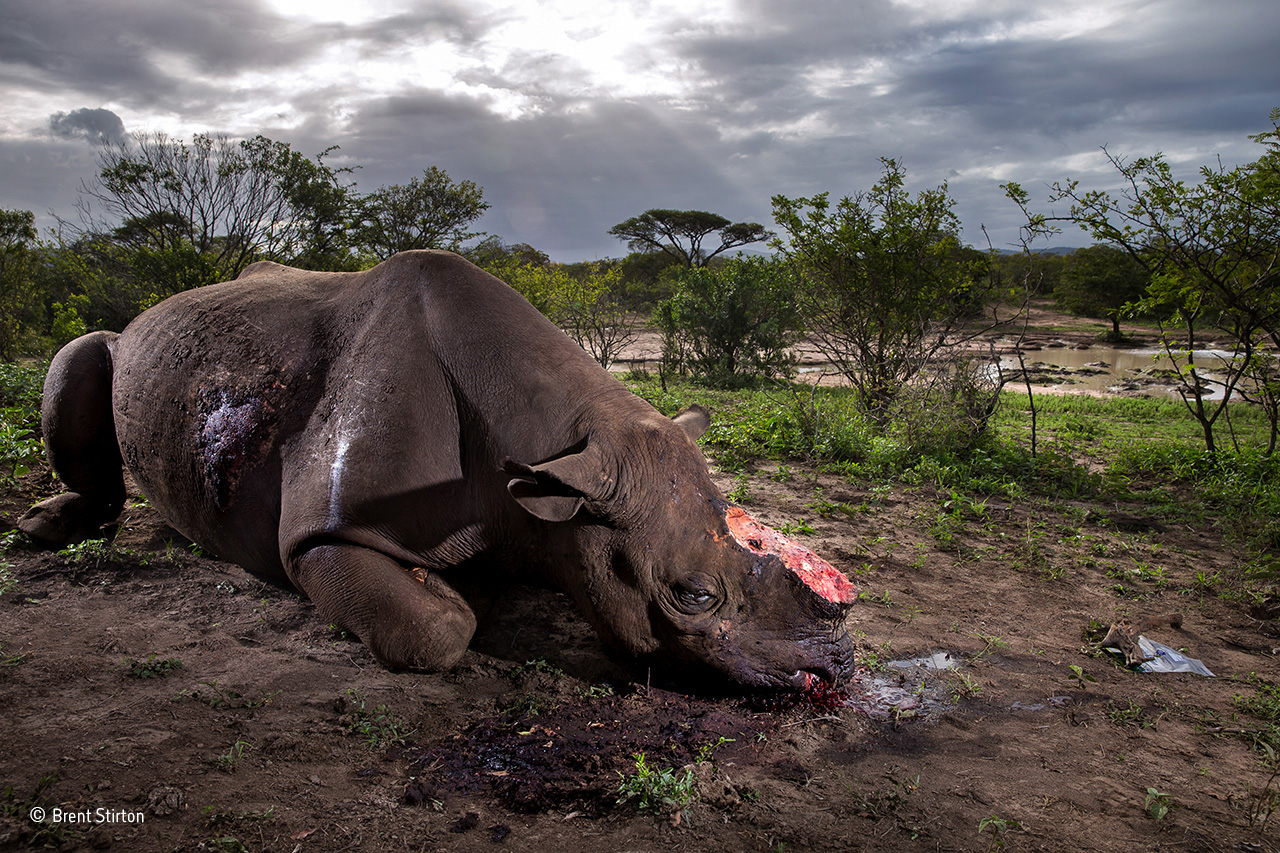
Brent Stirton
Aaron “Bertie” Gekoski, meanwhile, has photographed elephants crossing the terraces of an oil-palm plantation. Not long ago the area would have been lush healthy rainforest, but now the denuded, churned up backdrop looks like a scene from a war movie. Our rapacious consumption of palm oil is costing the planet dearly.
“It is very important to grasp the seriousness of the situation. Much of our world is in a very the fragile state,” says Daniel Nelson. “You can achieve this through happy photos like the one of my gorilla; photos that evoke protective emotions. Or you can shock the audience with images depress the audience but ultimate serve a more positive purpose.”
Publiziert am 19.10.2017







